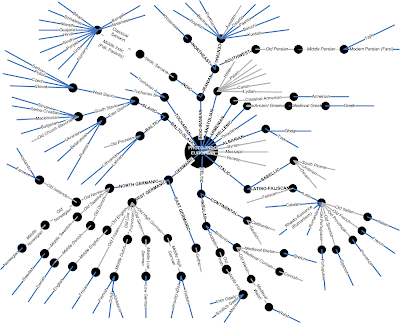Language Pt 2 notes p 126 new book ch 6
Reading for this unit: Language Chapter 6, Ferraro text
arbitrary nature of language
blending
bound morpheme
closed system of communication
community of practice
cultural emphasis
cultural linguistics
descriptive linguistics
diachronic analysis
dialects
displacement
doublespeak
free morpheme
grammar
historical linguistics
language family
morphemes
morphology
nonverbal communication
open system of communication
phonemes
phonology
protolanguage
Sapir-Whorf hypothesis
sociolinguistics
synchronic analysis
syntax
Supplemental information:
code switching – when the situation, age or social status of the audience causes the speaker to change or adjust what is said or how it is said.
diglossia – when two varieties of the same language (standard form, dialect, pidgin) are spoken by the same person at different times and under different social circumstances (high form in fomal situations, low forms in less formal)
stylistic differences – not only found in vocabulary or grammar but also vary in use of directness and tolerance of silence in communication events.
Think about:
How does human language differ from forms of communication in other animals?
How do children acquire language?
How do languages change? (Think about Navajo and KTNN radio)
What is the relationship between language and culture? How do they influence each other?
I like these questions:
Why are anthropologists concerned about the loss of so many of the 6000 languages spoken today?
What can we learn from the structure of language families?
Is linguistic structure the causal variable for different views of the world? (Sapir – Whorf) Does the way you receive information (media) change the way you view, value or process that information?


